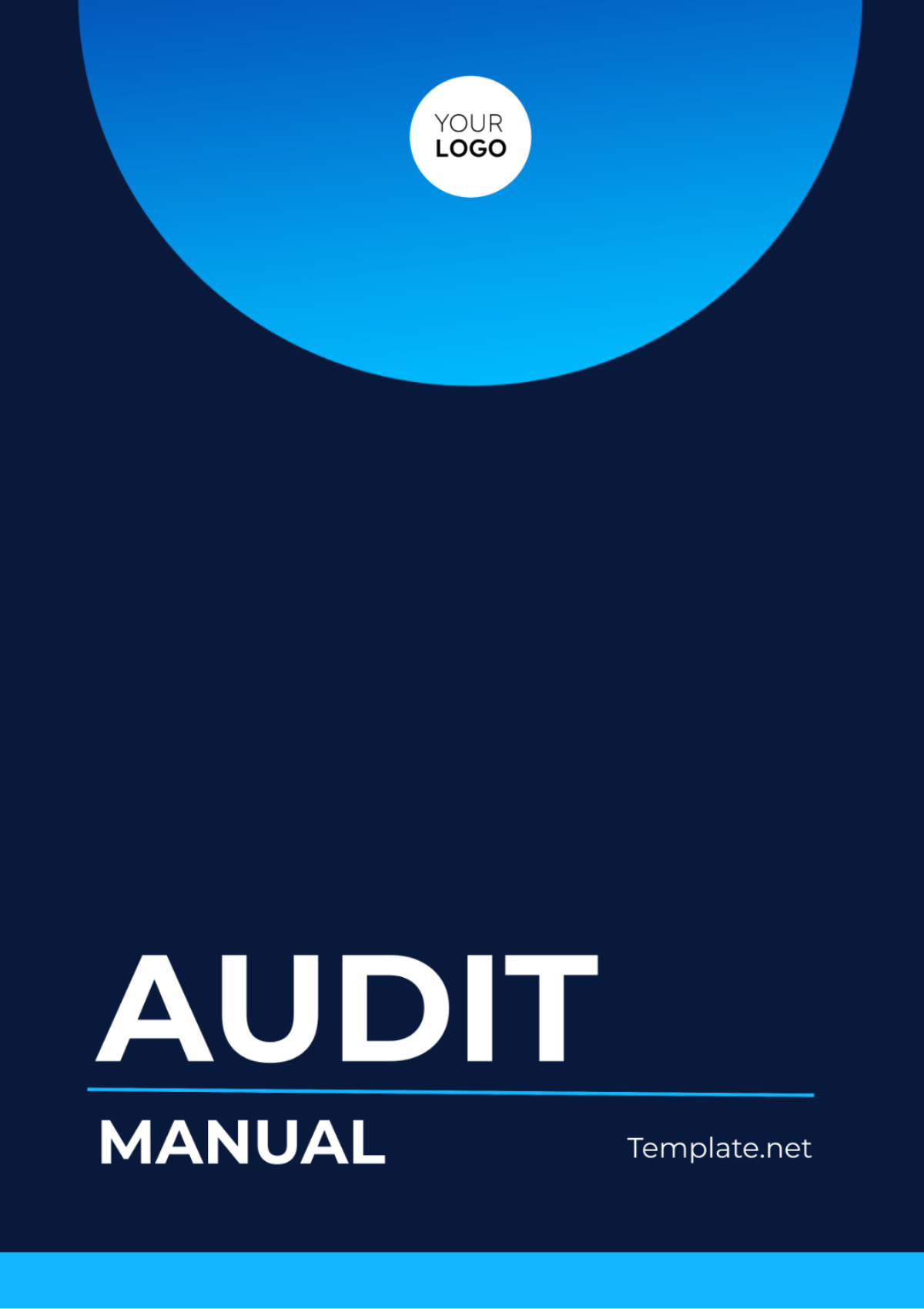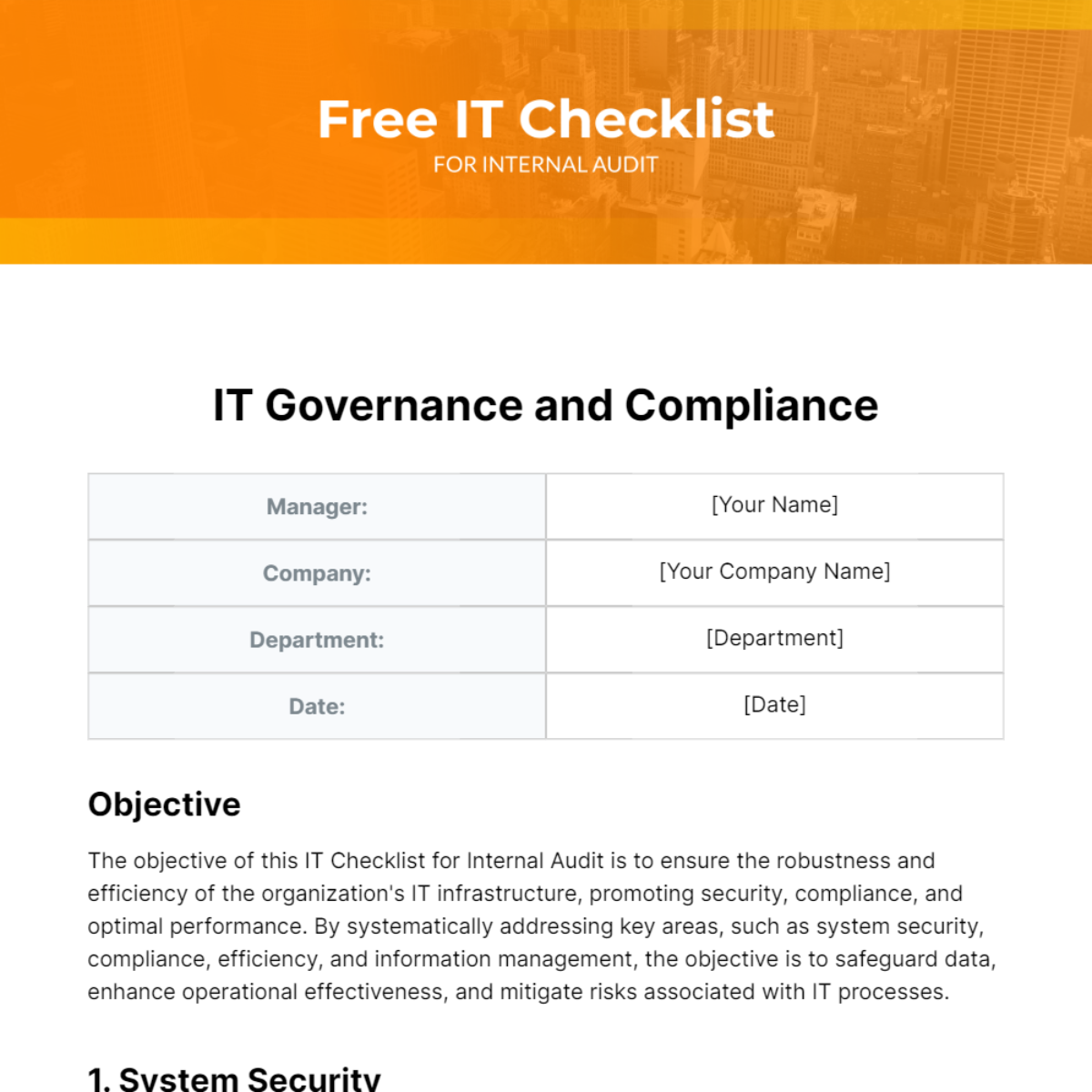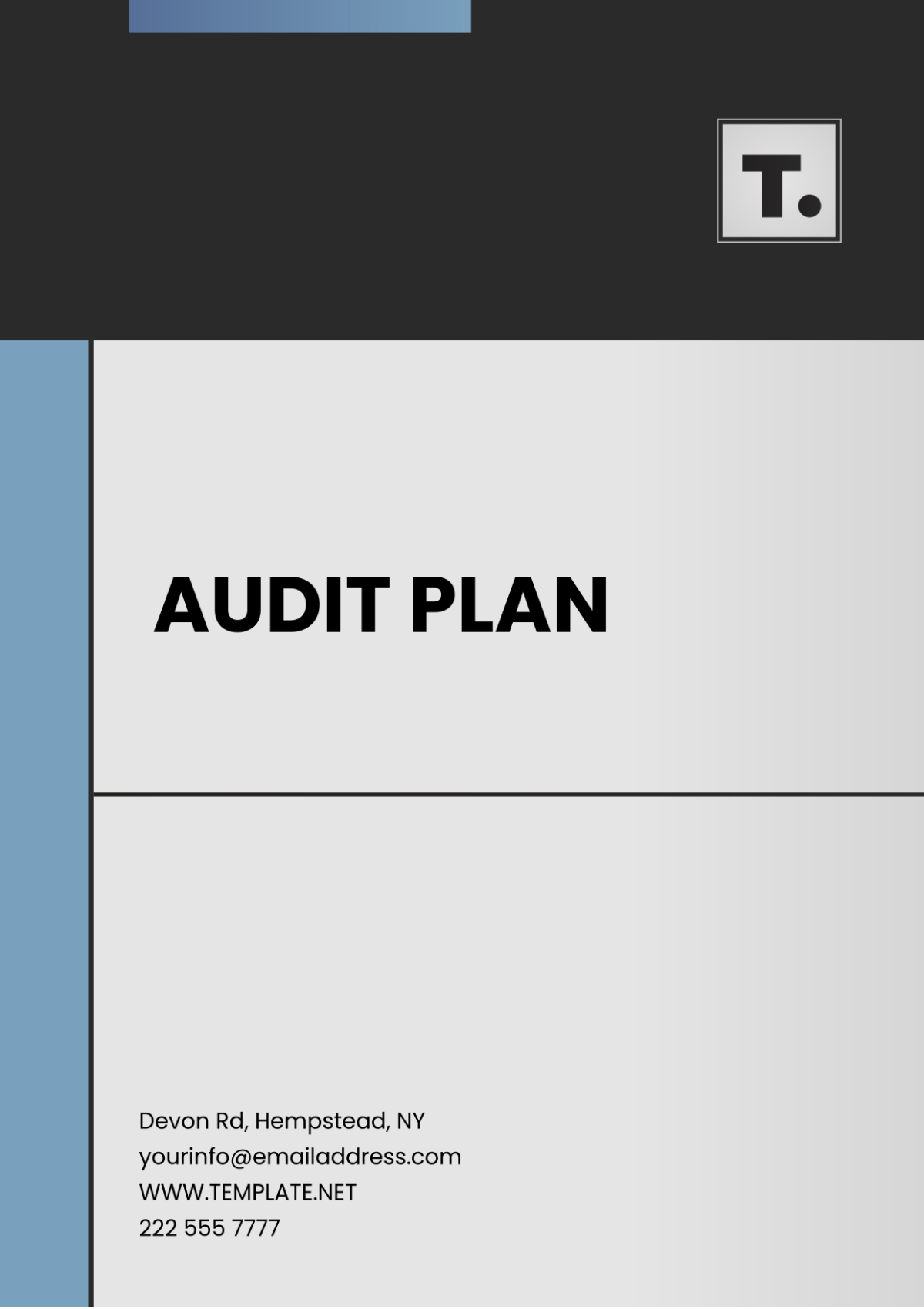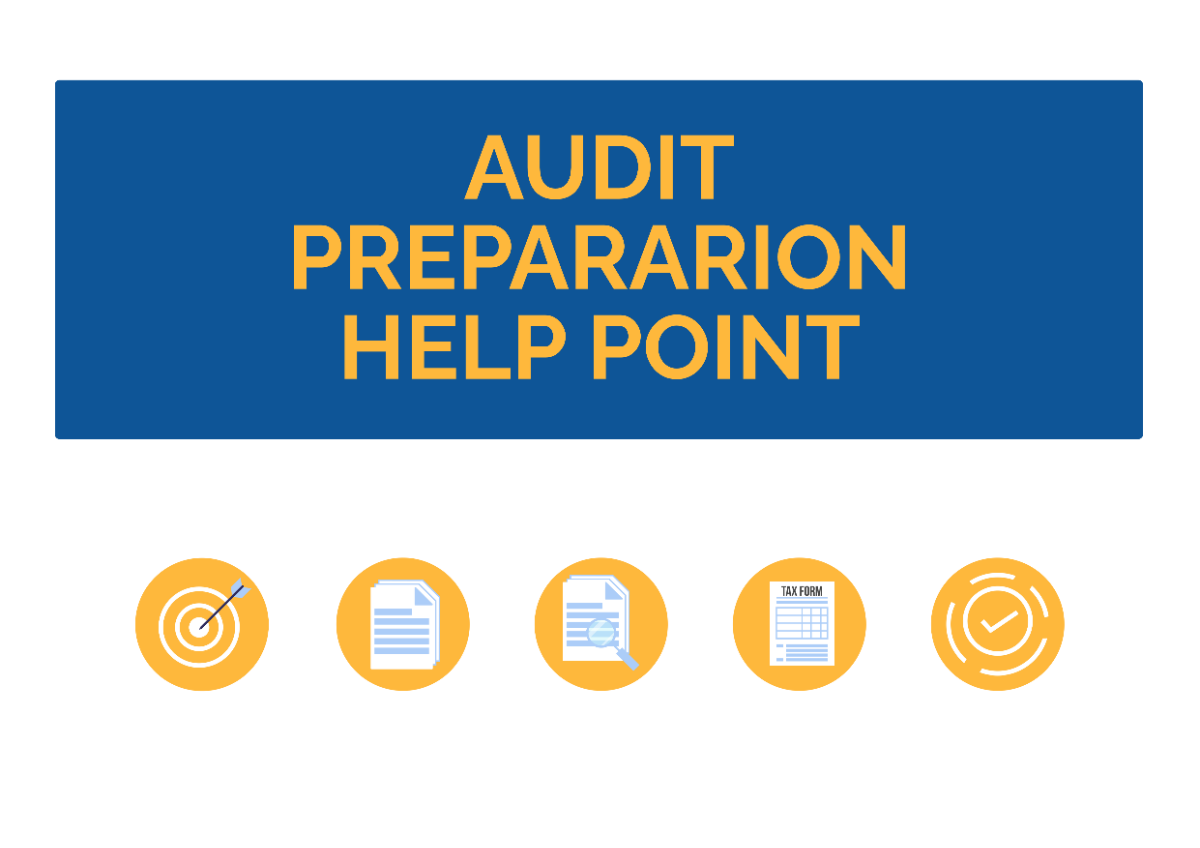Nursing Home Audit Preparation Guide
Introduction
Welcome to the Nursing Home Audit Preparation Guide for [Your Company Name]. This document is designed to assist all departments and staff in preparing for both internal and external audits. These audits are essential for ensuring compliance with regulatory requirements, enhancing financial transparency, and improving operational efficiencies. By following this guide, [Your Company Name] can ensure that audit processes are conducted smoothly, efficiently, and with minimal disruption to daily operations.
I. Understanding the Audit Process
Purpose of Audits
Audits play a crucial role in maintaining the integrity and efficiency of operations within a nursing home. These systematic and independent examinations of data, statements, records, operations, and performances—financial or otherwise—are conducted to fulfill specific objectives:
Confirm Compliance: Audits verify adherence to healthcare regulations and standards, ensuring that the facility meets all legal and ethical requirements.
Assess Controls: By evaluating the effectiveness of financial and operational controls, audits help in maintaining robust governance and risk management processes.
Identify Improvements: Audits pinpoint deficiencies and inefficiencies, providing a clear path for continuous improvement in processes and operational efficiency.
These objectives are fundamental in fostering an environment of accountability and transparency within the nursing home, ultimately contributing to better resident care and financial stability.
Types of Audits
Internal Audits:
Conducted by auditors within the organization, internal audits are a self-check mechanism that assesses compliance and performance against internal standards and goals. They help in early identification of potential issues and facilitate prompt corrective actions, enhancing internal controls and operational efficiencies.
External Audits:
External audits are performed by independent entities and are often mandated by regulatory bodies or financial institutions. These audits provide an unbiased evaluation of the organization’s adherence to external regulations and standards. They are critical in validating the accuracy of financial reports and ensuring that the organization meets industry benchmarks.
II. Pre-Audit Preparation
Effective audit preparation is integral to the successful navigation of both internal and external audits. Adequate preparation ensures the audit process is smooth, with minimal disruptions to daily operations. The steps outlined below are designed to equip [Your Company Name] with the necessary tools and information to approach audits with confidence.
Pre-Audit Activities
Review Previous Audit Reports:
Thoroughly examine findings and recommendations from previous audits. Addressing past deficiencies is crucial to improving current practices and making continual progress in compliance and operational performance.
Gather Necessary Documentation:
Organize and review all essential documents to ensure they are complete, up-to-date, and readily available for the audit. This step is vital in demonstrating compliance and operational integrity.
Schedule Pre-Audit Meetings:
These meetings involve department heads and are crucial for aligning understanding and expectations. They also serve to reaffirm roles and responsibilities in the audit process, ensuring that each department is adequately prepared and informed.
Conduct Self-Assessments:
Internal reviews and checks conducted before the auditors arrive can uncover and rectify compliance issues or inefficiencies. These assessments help in mitigating risks and enhancing the overall readiness for the audit.
Documentation Checklist
The table below outlines the critical documents required for an audit at [Your Company Name], ensuring that all pertinent information is systematically organized and accessible.
Table 1: Audit Documentation Checklist
Document Type | Description | Responsible Department |
Financial Statements | Includes income statements, balance sheets, cash flow statements. | Finance |
Policy and Procedure Manuals | Documentation of all operational, financial, and HR policies. | Various |
Compliance Certifications | Proof of compliance with health and safety regulations. | Compliance |
Employee Records | Contracts, training records, performance reviews. | Human Resources |
Resident Care Records | Health records, treatment plans, consent forms. | Medical |
This checklist serves as a foundational tool in ensuring all relevant documents are prepared and reviewed, reducing the likelihood of discrepancies during the audit and demonstrating [Your Company Name]'s commitment to compliance and excellence in healthcare services.
III. During the Audit
Roles and Responsibilities
The success of an audit process largely depends on the clear definition of roles and responsibilities of the involved parties. At [Your Company Name], the key roles during an audit include:
Audit Coordinator: The Audit Coordinator is pivotal as the primary point of contact for auditors. This role involves coordinating all audit logistics, handling queries from both sides, and ensuring that the audit process runs smoothly. The coordinator also facilitates meetings, arranges for the provision of necessary documentation, and helps resolve any issues that may arise during the audit.
Department Heads: Department Heads are crucial in providing detailed and specific information about their respective areas of operations. They are responsible for organizing their teams and managing staff availability for interviews or any inquiries auditors might have. Their in-depth knowledge about departmental operations is vital for clarifying any ambiguities that might surface during the audit.
IT Support: IT support plays a critical role in ensuring that auditors have the necessary access to electronic records and systems which are essential for a thorough audit. This includes managing data retrieval, ensuring the security of the information systems during the audit, and assisting with technical issues related to data access.
Conduct Guidelines
To ensure the audit is conducted efficiently and respectfully, all staff involved in the process are expected to adhere to the following guidelines:
Transparency: Openness and cooperation are fundamental. All requested information should be provided promptly and completely, facilitating a smooth audit process.
Accuracy: It is imperative that all information provided during the audit is accurate and thoroughly vetted. Inaccuracies not only delay the process but can also lead to erroneous audit conclusions.
Confidentiality: While transparency is crucial, it is equally important to maintain the confidentiality of sensitive information. Disclosure of such information should only be done in accordance with legal requirements and audit needs.
These guidelines are designed to foster a professional and effective audit environment, ensuring that the process enhances trust and integrity across organizational practices.
IV. Post-Audit Actions
Review and Response
Once the audit is completed, the auditors will issue a final report detailing their findings. The steps to effectively respond to this report are critical:
Review the Findings: The first step involves a thorough analysis of the audit report. Understanding all findings and their implications is crucial for addressing any identified issues. This review should involve senior management and relevant department heads to ensure comprehensive understanding across all levels of [Your Company Name].
Develop a Response Plan: Based on the findings, create detailed action plans for each issue. These plans should outline the steps needed to correct deficiencies, the timeline for these corrections, and identify the individuals responsible for implementing these changes.
Implement Changes: Execution of the response plan must be timely and effective. Adjustments to policies, procedures, and practices should be monitored for effectiveness and adjusted as necessary to ensure the issues are fully resolved.
Follow-Up
Post-audit actions are not complete with the implementation of changes. Ongoing follow-up is essential:
Monitoring: Regularly review the effectiveness of the changes. This might involve internal checks or follow-up audits to ensure the corrective actions have been implemented and are working as intended.
Documentation: Keep detailed records of all changes made and progress towards compliance or improvement goals. This documentation will be crucial for future audits and for internal management reviews.
Prepare for the Next Audit: Utilize the insights gained from the current audit to enhance preparations for future audits. This continuous improvement cycle is vital for maintaining high standards and adapting to new challenges.
By following these detailed post-audit actions, [Your Company Name] not only addresses the immediate issues identified during the audit but also strengthens its overall compliance and operational frameworks, paving the way for sustained compliance and operational excellence.
Conclusion
Adhering to this guide will facilitate a well-organized and efficient audit process, ensuring that [Your Company Name] not only meets but exceeds the standards required by regulatory bodies and internal benchmarks. Preparation, cooperation, and a proactive approach to compliance are the keys to a successful audit experience. By embracing these practices, [Your Company Name] will continue to provide high-quality care and maintain its reputation for excellence in the nursing home industry.










































